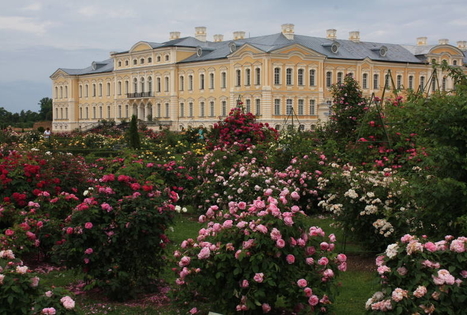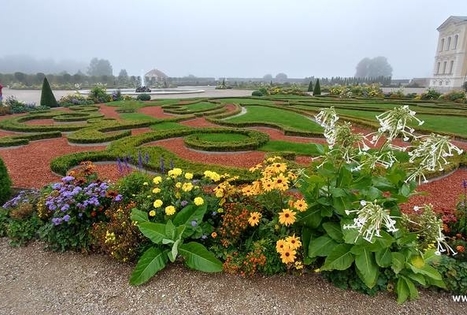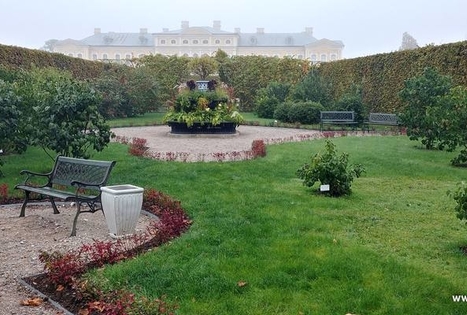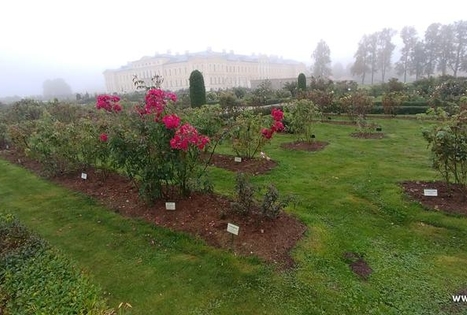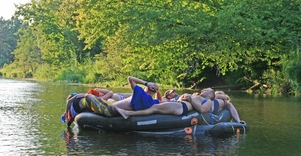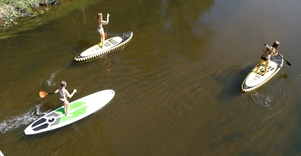The palace was built as the summer residence of the duke of Courland, Ernst Johan Byron, and it was designed by the outstanding Italian architect Francesco Bartolomeo Rastrelli. The construction of the palace ensemble took place between 1736 and 1740. The decorative finishing of the interiors was carried out from 1765 to 1768 by the sculptor Johann Michael Graff and the painters Francesco Martini and Carlo Zucchi. The significance of the palace lies in its authenticity as it has not been modified through rebuilding since then. Intensive restoration works started in 1972 when the Rundāle Palace museum was established. The restoration was completed in 2018.
The Rundāle place garden is remarkable as a fully completed project by the architect Rastrelli. The laying out the Rundāle Palace Garden took place by 1740 alongside the construction of the palace. The original planning was preserved to enable renovation in 1975. The Baroque garden in Rundāle Palace Park with its ornamental parterre, the Green Theatre, the labyrinth and 19 bosquets occupies 10 hectares. In front of the garden, there is a rose garden covering an area of 1 hectare and presenting a collection of ca 2230 historical and modern rose cultivars. The grounds of Rundāle Palace ensemble amount to 85 hectares, of which 3.4 hectares is a forest park. It is also planned to create orchards to both sides of the palace with a collection of historical cultivars of trees and shrubs. The West side orchard is being developed under an EU Interreg project. Today, the palace building complex enjoys an invaluable advantage of being situated in an untouched rural landscape.

